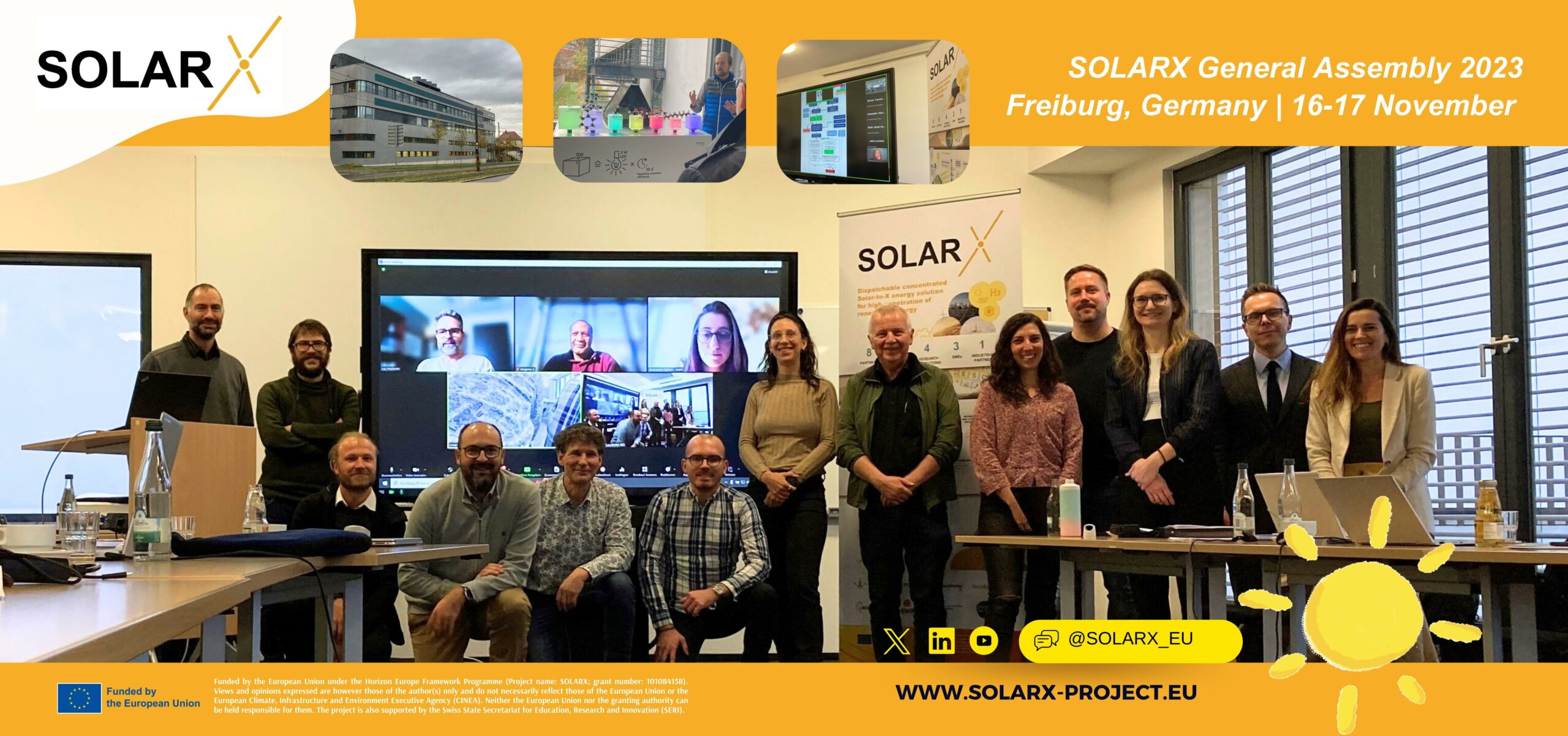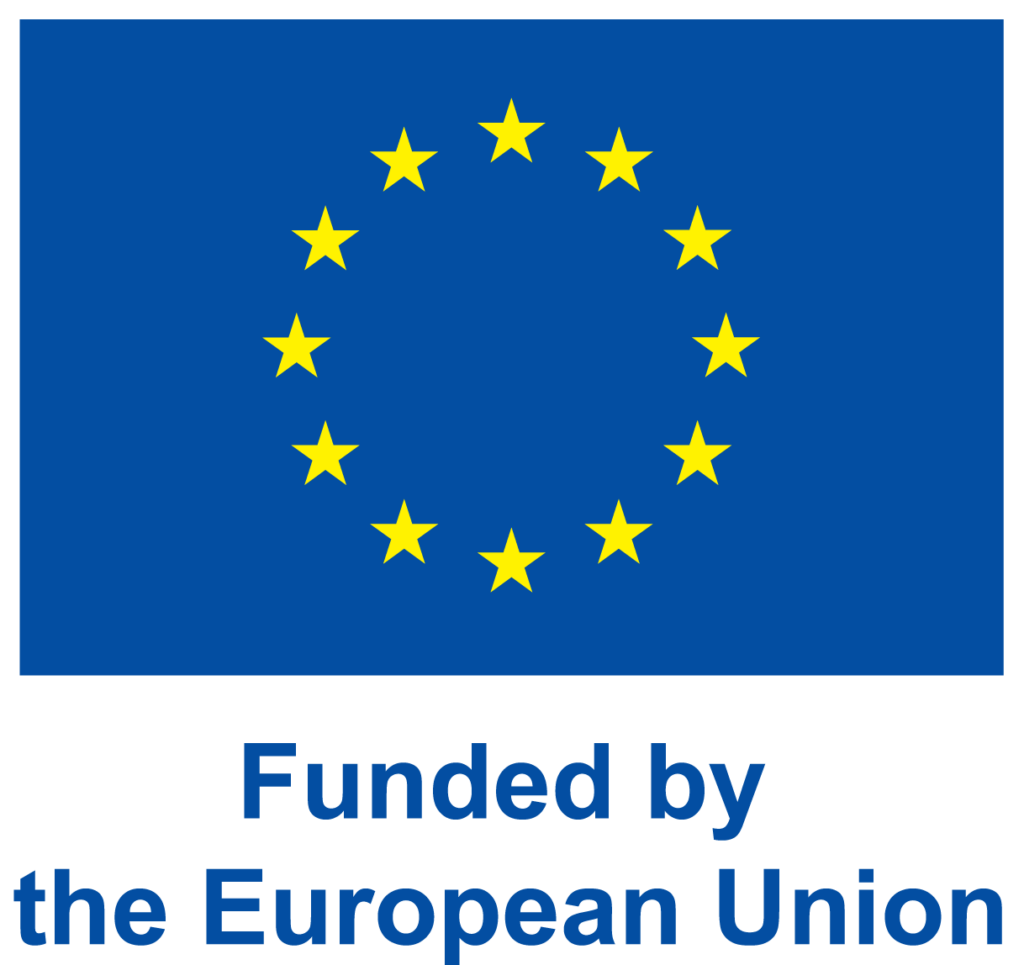The SOLARX consortium met for the 2nd General Assembly in Freiburg, Germany on November 16 and 17. Hosted by Fraunhofer ISE, all project partners from industry and academia gathered for two days of productive and intense exchange. During the two-day meeting, the consortium members presented their latest progress, discussed the challenges to meet the ambitious objectives of the project and were also accompanied for a guided tour to Fraunhofer ISE’s solar power facilities.
The event, attended by 13 partners in person and an additional 5 online, showcased a commitment to open dialogue and effective collaboration. The assembly played a crucial role in facilitating discussions on project advancements, overcoming challenges, and shaping the trajectory for the upcoming months of collaborative research and technological developments.
The agenda has been meticulously crafted to cover a range of critical subjects of the technical work packages, including
- Solar management and control strategies
- CPV receiver’s implementation
- H2 generation from renewable-energy and CCUS
- Economic, environmental and social assessment
- Systems integration and technology commercialisation

After a warm welcome from Fraunhofer ISE and before complementing the technical sessions and discussions about the SOLARX models, detailed insights into efficient project management strategies and communication, dissemination and exploitation activities have been provided by Jörn-Frederik Wotzlaw and Miriam Frances (accelopment).
The first day remained fully focused on comprehensive discussions covering various aspects of the project. Presentations ranged from solar management and control strategies by Gregor Bern (Fraunhofer ISE), to CPV receiver’s implementation by Alicia Crespo (UdL) and hydrogen generation from renewable energy by Luc Fréchette (CNRS). Group discussions on specific topics continued into the afternoon, paving the way for progress updates presented the following day.
The second day session started with an open discussion with all partners on approaching the optimal solutions for the different scenarios about energy demands and prices. Afterwards, Matti Juhani Koivisto (DTU) provided the economic, environmental and social assessment inputs, followed by a demonstration of Anders Anderson and Marta Irena Murkowska (EMD) on the implementations to pick different scenarios towards system integration and technology commercialisation.
Many interactions about the modelling brought the importance for a considerable preparation, innovative thinking, and excellent cross-disciplinary collaboration, which the consortium is striving to maintain through the upcoming stage of the project. The project coordinator, Jérôme Barrau, concluded together with all the participants: “A reflexion period is now necessary for the modelling, in order to ensure that we are building up the right path to integrate the models. Starting from pursuing the required data and information that needs to be obtained, until selecting the locations for testing SOLARX”.
